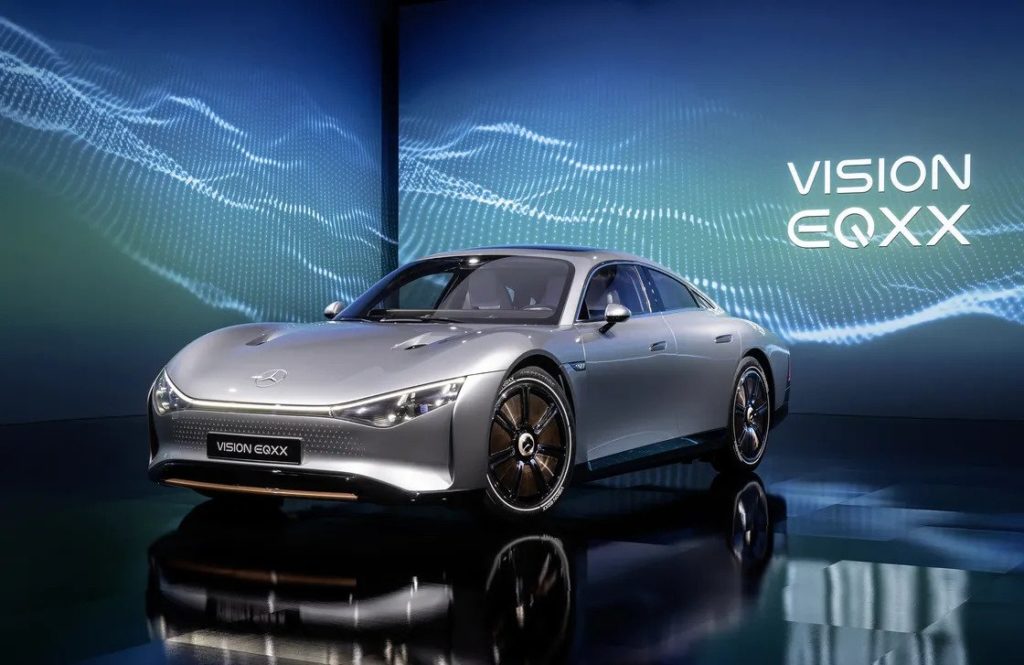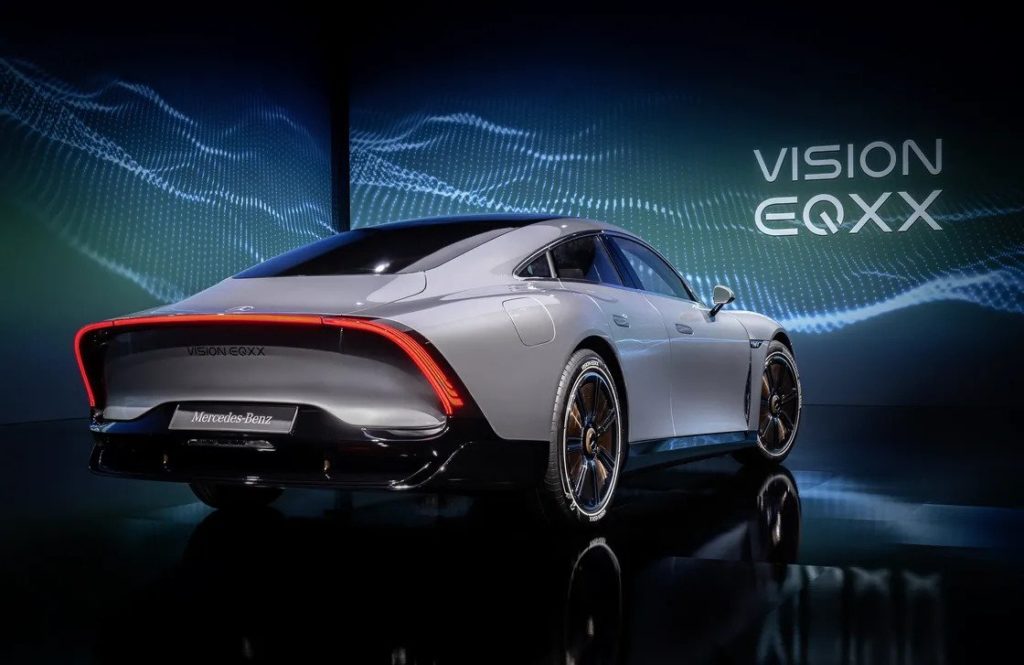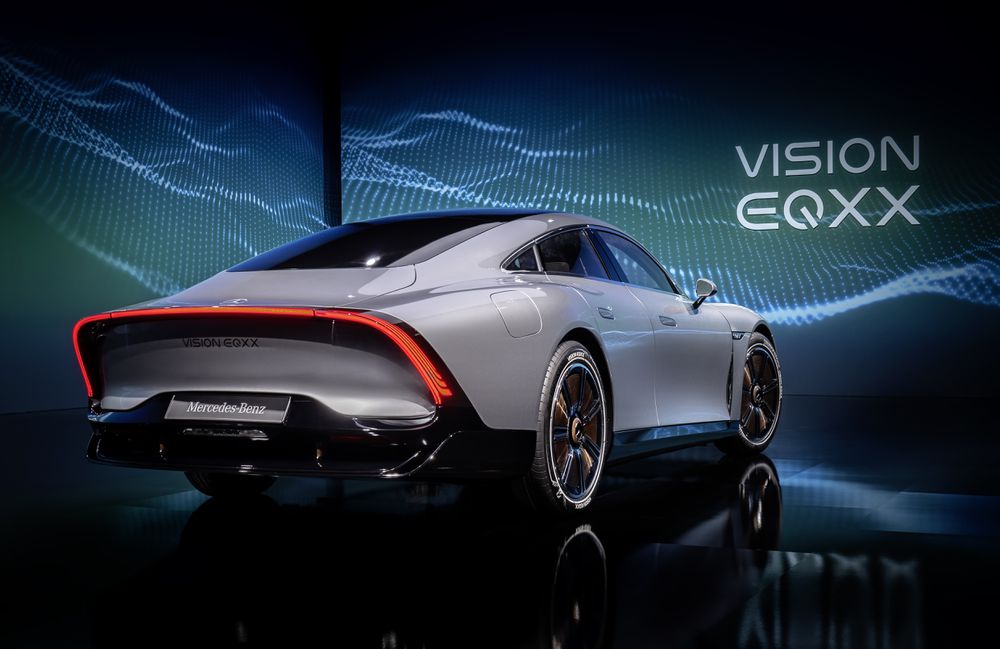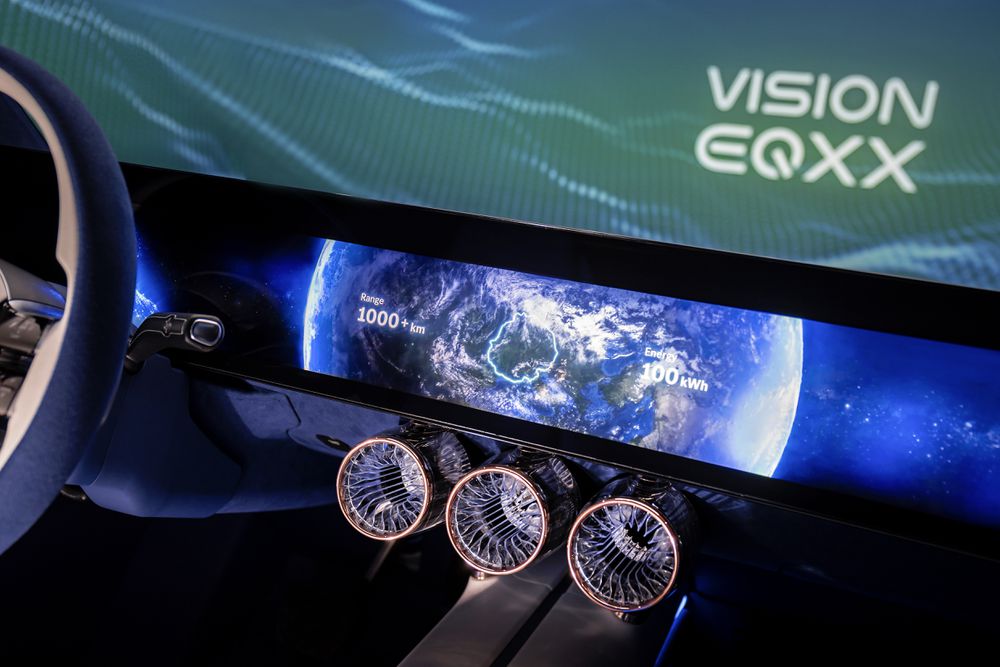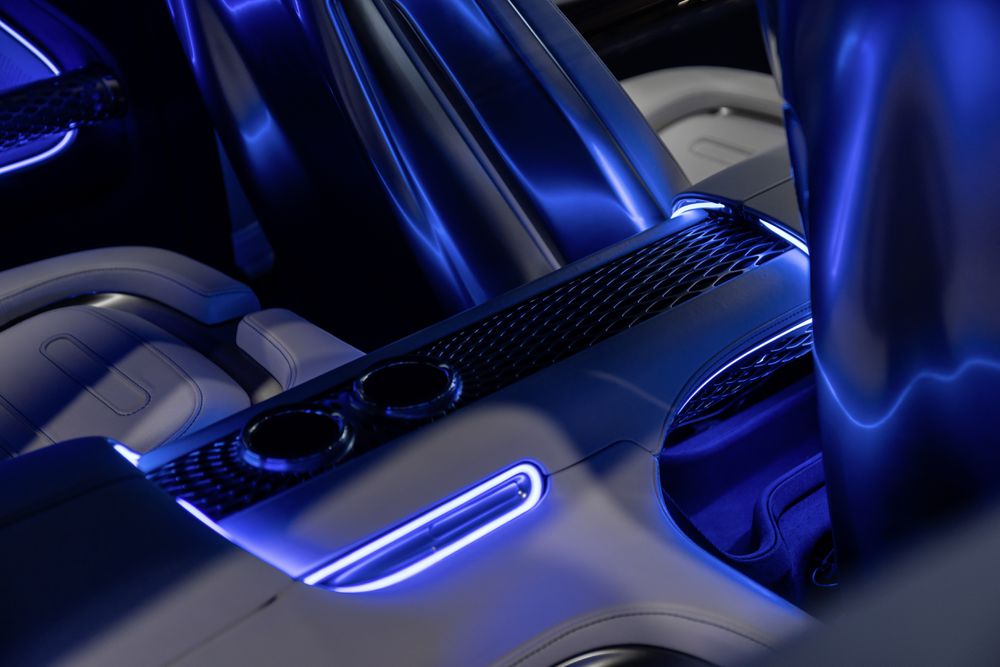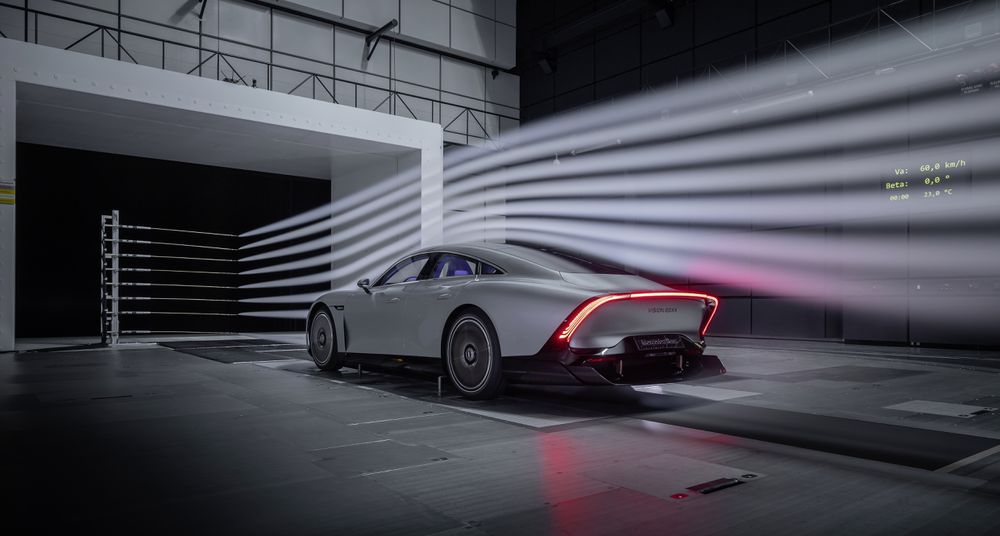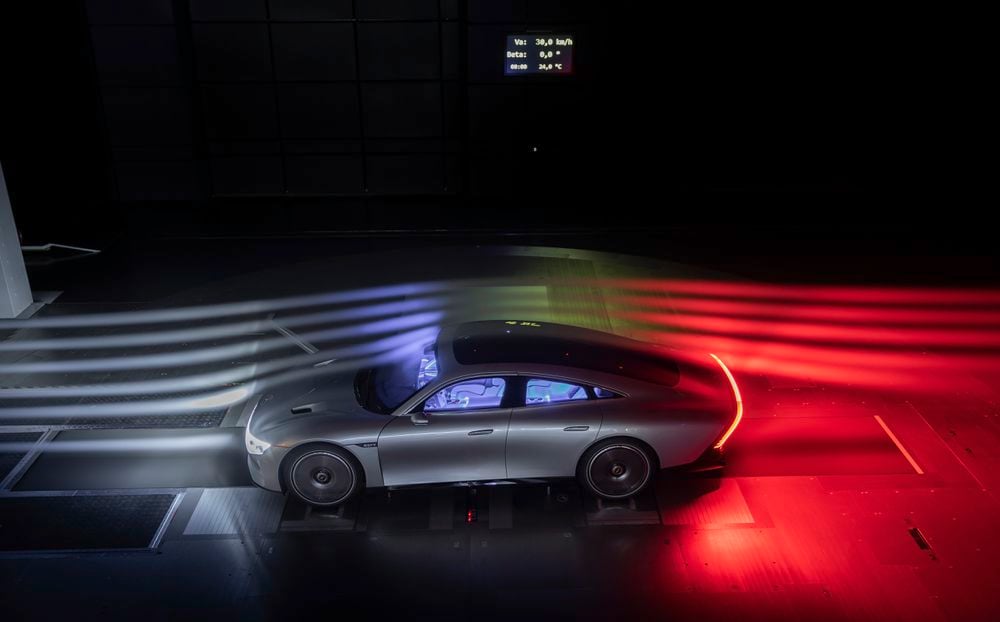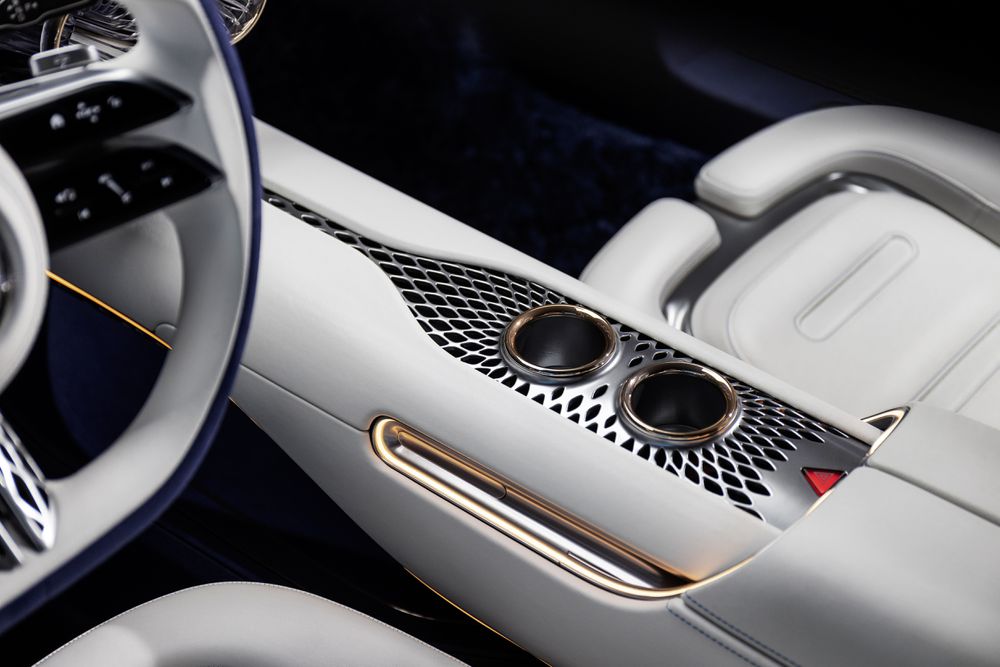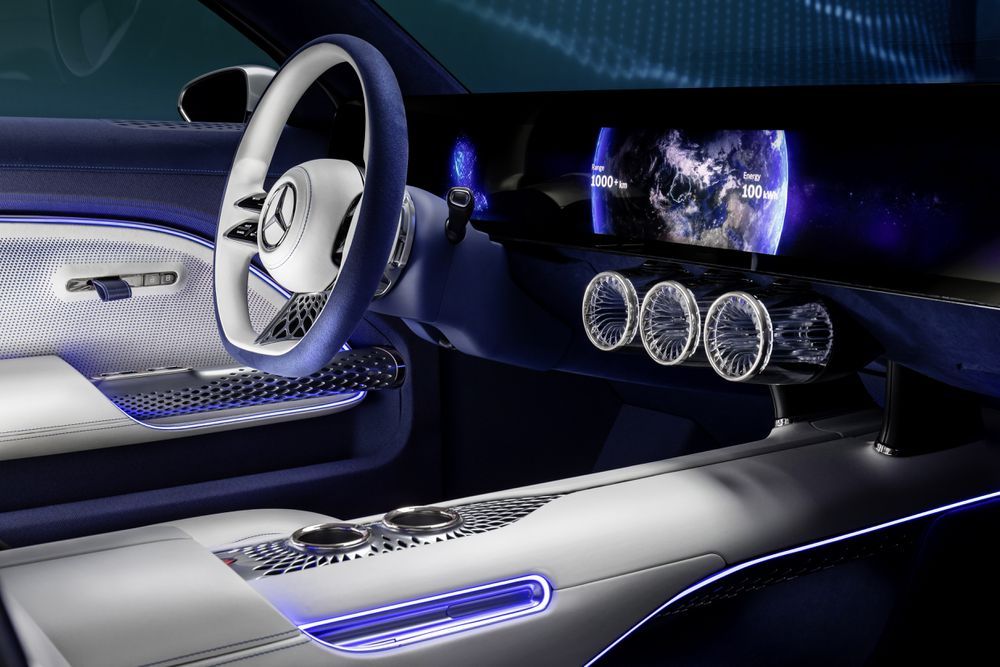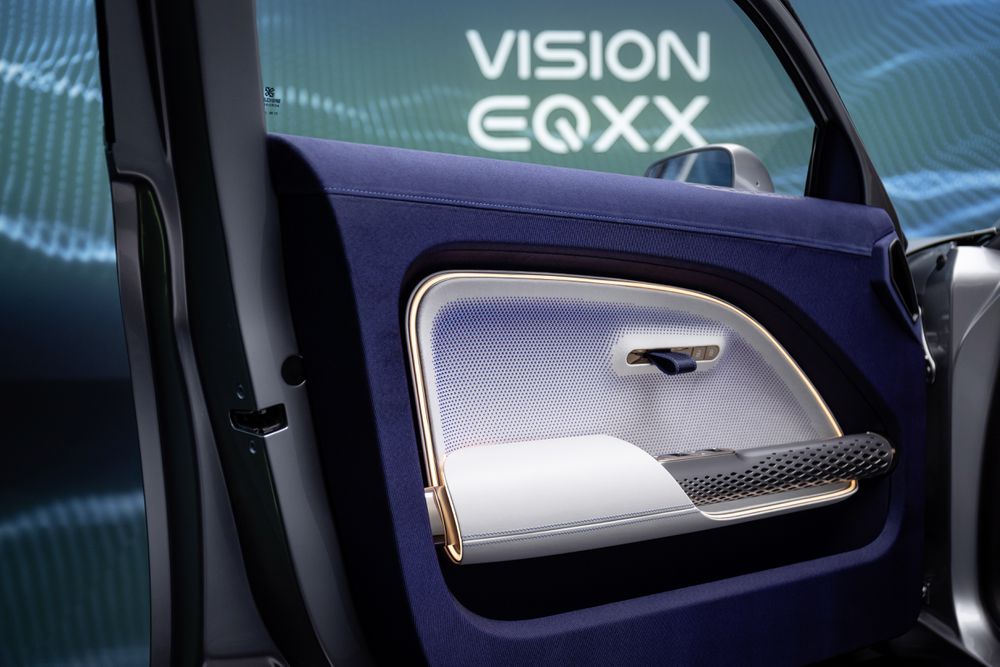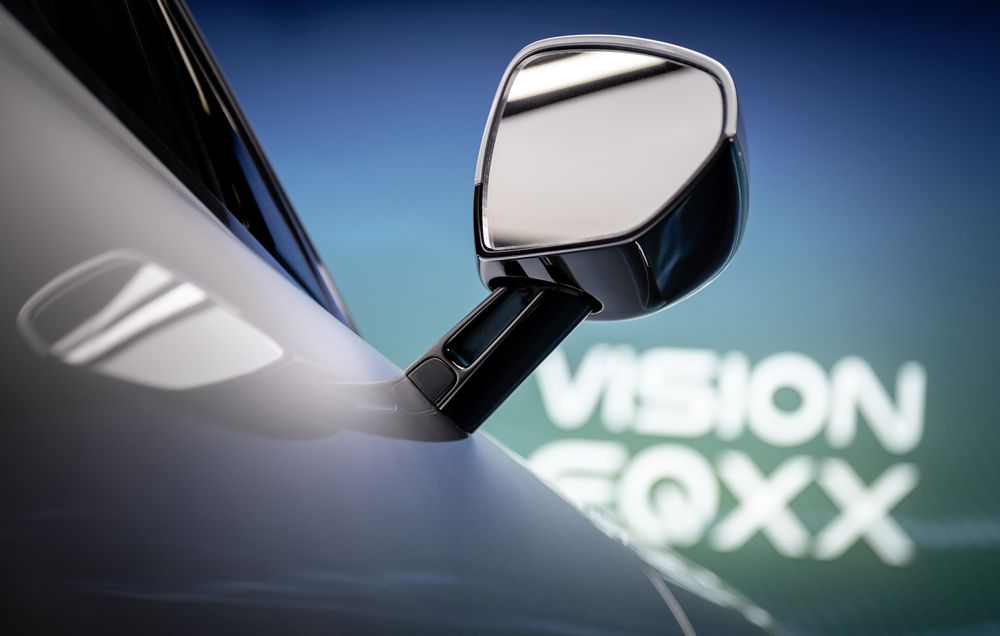Mercedes-Benz With the unveiling of the Vision EQXX, a solar-powered concept car capable of exceeding 1,000 kilometers (648 miles) on a single charge, Mercedes-Benz has joined the race for the title of the longest-range electric vehicle.
On a single charge, the Vision EQXX can travel from New York City to Cincinnati, Berlin to Paris, or Beijing to Nanjing. In comparison to other long-range EVs on the road today, such as the Lucid Air (520 miles) and Tesla Model S Long Range Plus, it’s outstanding (402 miles). Unlike those vehicles, however, the Vision EQXX is only a concept with no intentions for mass manufacture. (For the time being.)
Mercedes-Benz eventually presented the automobile (virtually) at the Consumer Electronics Show in Las Vegas, after weeks of teasing. (Due to an increase in COVID-19 instances, Mercedes, like most of the large firms, abandoned its intentions to attend CES in person.)
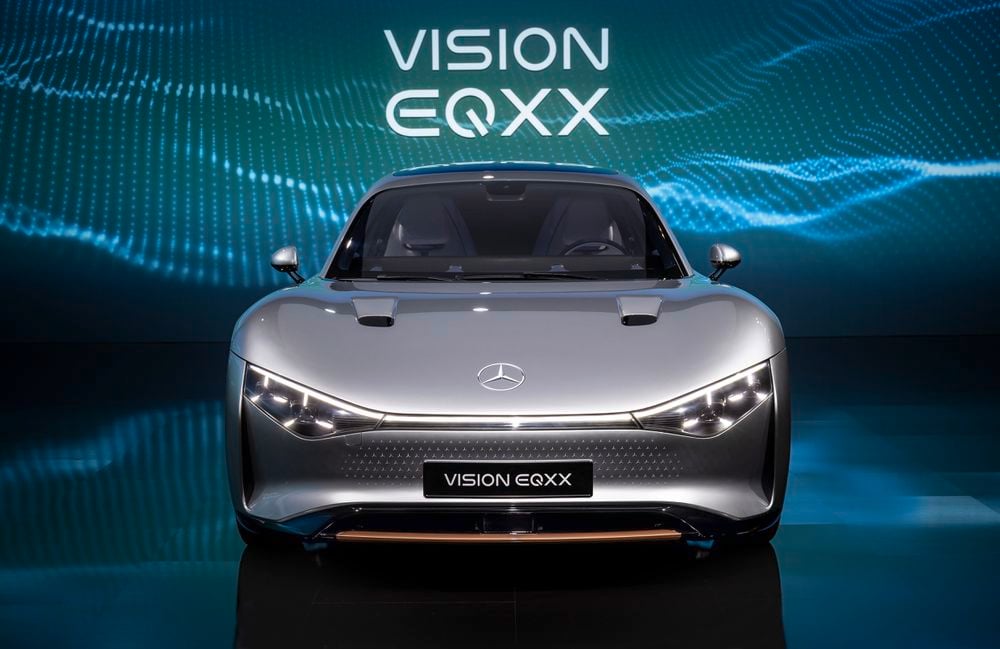
The Vision EQXX will most likely serve as the basis for a production car that will compete with other luxury electric vehicles such as the Porsche Taycan, Audi E-Tron GT, and Tesla Roadster, thanks to its sporting goals and sleek, futuristic style.
The Vision EQXX, unlike earlier Mercedes ideas, is said to be more grounded in reality. The business states that its range estimates were based on a simulation of real-world traffic circumstances, implying that it will burn energy at a rate of 10kWh every 100 kilometers, or more than 6 miles per kWh. In terms of fossil-fuel consumption, this equates to about 235 miles per gallon in the United States or 1 liter of gasoline per 100 kilometers.
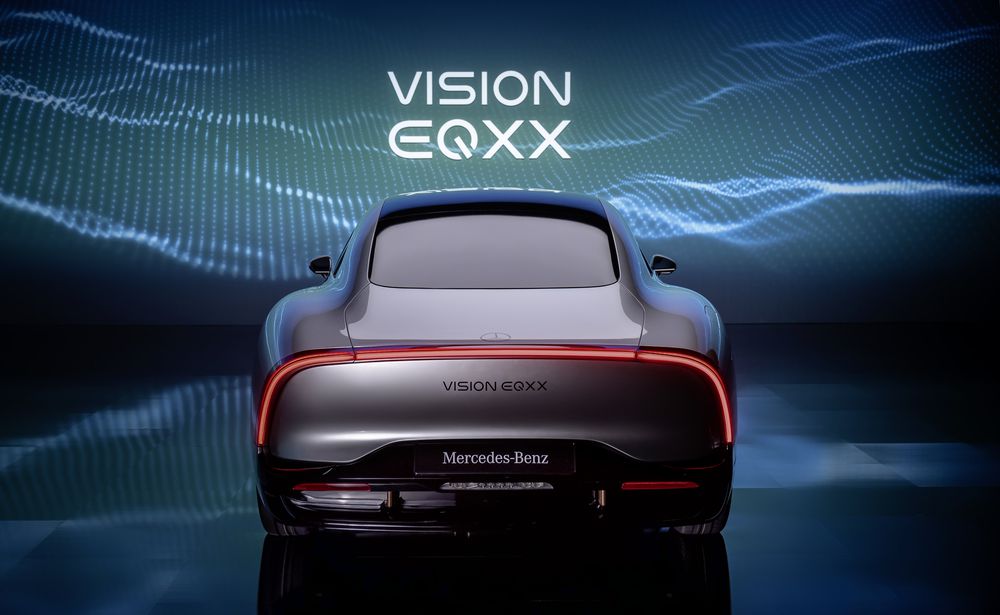
To put this in context, Mercedes says that 10kWh is the equivalent of three hours of use of a tumble dryer or air conditioner or 50 hours of viewing on a 50-inch LED screen.
Despite these simulations and estimates, Mercedes claims that the Vision EQXX’s superior range is “absolutely realistic” and that the Mercedes-Benz Modular Architecture will integrate many of the Vision EQXX’s technology breakthroughs into future production cars.
Mercedes says it achieved this energy efficiency not by cramming an oversized battery under the floor of the vehicle but by “pull[ing] out all the stops in drivetrain efficiency, energy density, aerodynamics, and lightweight design… The result is an efficiency masterpiece.”
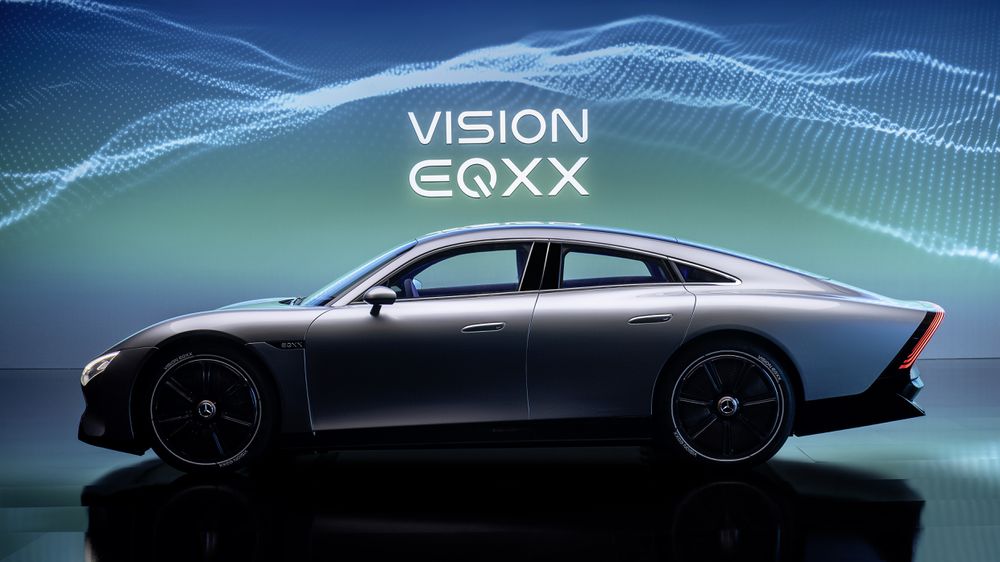
A vehicle with a gross weight of 1,750 kg (3,858 lbs), which places it more in the category of compact SUVs than sports cars, can undoubtedly be described as lightweight. The battery pack, which contains roughly 100 kWh of energy yet has 50 percent less volume and 30 percent less mass than the Mercedes-Benz EQS sedan, is most likely the source of that weight. Mercedes claims a “benchmark” coefficient of 0.17 based on a 140km/h wind tunnel test, which is an improvement above the EQS’ record-setting 0.20 drag coefficient.
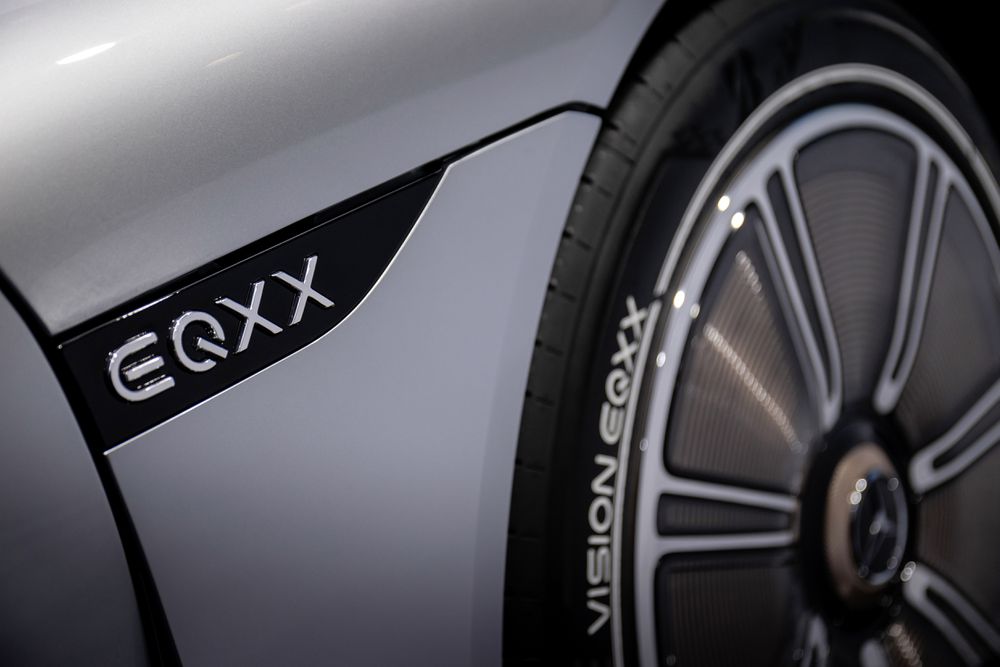
A range estimate Is, after all, just that: a guess. Any EV range will be certified separately by the Environmental Protection Agency in the United States, as well as Europe’s Worldwide Harmonized Light Vehicle Test Procedure (WLTP). The majority of electric vehicles on the market now have a range of 200-300 miles, with some older versions having less. The latest generation of electric vehicles has a range of 250-300 kilometers.
Mercedes, like the majority of its competitors, is speeding toward an all-electric future. By 2030, Mercedes-Benz says it would invest €40 billion ($47 billion) on electrifying its whole lineup, including electric versions of its G-class wagons and AMG high-performance vehicles.
These pronouncements come at a time when most major countries are attempting to limit the sale of internal combustion engines in the next decades. By 2035, the European Union, China, and California have all stated that internal combustion engine automobiles will be banned.
also read:
NVIDIA brings its new army of GeForce RTX 30 series GPUs to the CES 2022 event


